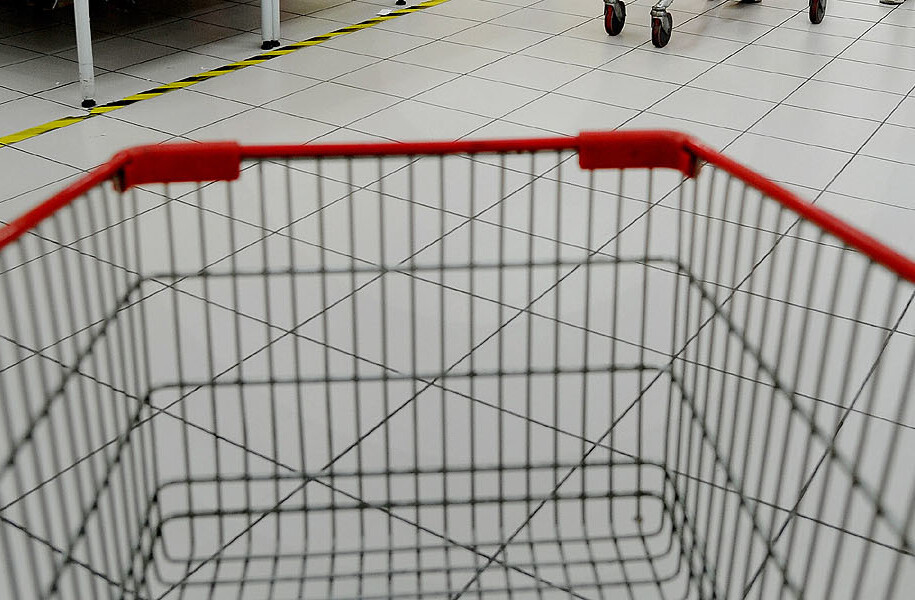
The Decoded Fashion event took place in London this week bringing together many different people who work in retail, marketing and technology.
Along with the Startup pitch competition, there were many sessions throughout the day discussing methods for luring more shoppers your way, empowering consumers via social media and reinventing fashion print media.
The latter on that list provided a great deal of food for thought, not just for fashion print media, but wider areas of news and publishing.
The panel discussing the current status and future of fashion in print was pretty impressive. Duncan Edwards, editorial and design director at ASOS; Caroline Issa, editor in chief of O: by Tank Magazine, Dirk Standen, editor in chief at Style.com and Paula Goldstein, online director and digital development at Purple.fr.
Obviously fashion is a highly visual field when it comes to print. You may have pored over the fine photography and styling in a glossy magazine at some point even if you were less interested in buying the clothes on display. So how is this field changing and what is to come?
ASOS’ Fashion Up magazine is basically an app you can shop through. It’s image-heavy and items can be bought by clicking through to the mobile site. It’s a prime example of a simple way to present fashion clearly.
The content on Fashion Up is purposefully bite-sized for mobile consumption and there are no prices or details on the images. It’s very well suited to casual browsing on the iOS devices it is available for and new editions are added to the app weekly.

O: By Tank is a magazine that seems to break down any preconceived ideas of what a fashion publication should do. Tank has been running for 14 years now, so it has certainly had time to evolve.

The online edition is a multimedia exploration of fashion. The print edition has an accompanying app for iOS and Android called Scan Fashion which brings the pages to life with video and animated content.
Style.com has a strong reputation as the go-to place online to find out insider news. Th publication’s coverage of catwalks is hard to beat and its quality photography, livestreaming and narrative style suits an audience that will clamour for glamour. Interestingly Style.com has recently returned to print after running an Internet-only offering.

Purple.fr is fashion for grownups through both price and content. There’s plenty of nudity, post party diaries and as a print edition it’s a £20 quarterly that can run over 500 pages.

This might sound extreme, but it’s a sign that fashion is dealing with the crisis in print media in some pretty innovative ways. A magazine that is big and expensive becomes a desirable object in its own right. Back this up with the latest news online or for mobile and you have a pretty good plan for weathering the long change in print media.
Fashion forward
Looking at the examples from the panel discussion, there is a good grasp of mobile media consumption – short enough to consume quickly, plenty of images and the option to click through to make purchases.
The online presentations are wild and interesting. Multimedia is less of a buzzword and more of a common process to try and be as creative as possible. Meanwhile print fashion is evolving to become a classier item with a much more specific purpose.
These changes could be applied to many other media operations. The ongoing comment about news coverage by mainstream media organisations seems like a never-ending well of misery.
People are losing their jobs, great journalists are missing opportunities and evolution is seen as expensive and trying.
The idea of completely redressing news presentation is a difficult one, especially when it comes to large organisations – it’s never going to be easy to turn a big ship around. However, repurposing short messages from Twitter when readers can easily find that content at its source much earlier and much faster, is not making the most of talent that could be providing context, analysis and expert judgement.
Style reporting might be pushed aside by publishers of global headlines as a weekend pursuit or light feature for the ‘also in the news’ section. But the bold strides in the fashion media industry are well worth watching for.
Not having a digital and mobile plan, or worse making a hash of it and trying to force old formats into new shapes is not the answer. But then fashion is to be followed and bold style will always been a leader.
Get the TNW newsletter
Get the most important tech news in your inbox each week.





